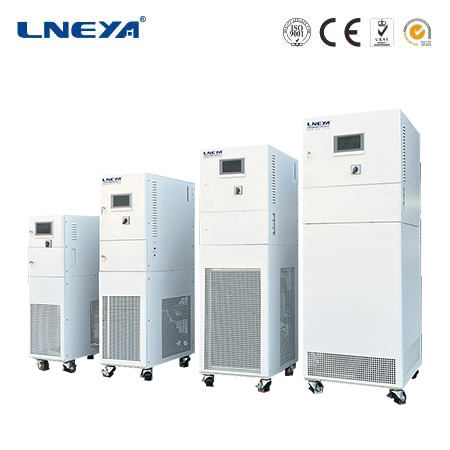chiller system operation
Chiller System Operation: A Comprehensive Guide
Chiller systems are indispensable for maintaining comfortable temperatures in commercial buildings, industrial processes, and data centers. These systems operate on the principles of refrigeration to provide cooling. This article provides an in-depth look at how chiller systems operate, the components involved, and the factors that influence their performance.

Basic Principles of Chiller Operation
Chiller systems operate on a refrigeration cycle that includes the following steps:
Compression: The refrigerant is compressed in a compressor, increasing its temperature and pressure.
Condensation: The hot, high-pressure refrigerant flows through a condenser, where it releases heat to the surroundings, typically through a cooling tower or air-cooled condenser.
Expansion: The refrigerant passes through an expansion valve, which reduces its pressure and temperature, causing it to become very cold.
Evaporation: The cold refrigerant absorbs heat from the area that needs cooling, such as a building’s air or an industrial process, in the evaporator.

Key Components of Chiller Systems
Compressor: This is the heart of the chiller system, responsible for compressing the refrigerant and driving the refrigeration cycle.
Condenser: It cools the refrigerant by releasing heat to the environment.
Evaporator: It absorbs heat from the space or process being cooled.
Expansion Valve: It controls the flow of refrigerant into the evaporator, ensuring optimal cooling.
Factors Affecting Chiller Performance
Load Calculation: Accurate calculation of the cooling load is essential for selecting the right-sized chiller and ensuring it operates efficiently.
Proper Sizing: An oversized or undersized chiller can lead to inefficient operation and higher energy costs.
Maintenance: Regular maintenance, including cleaning and inspecting components, ensures the chiller operates at peak performance.

Energy Efficiency in Chiller Systems
Energy efficiency is a critical consideration in chiller system operation. Factors that contribute to energy efficiency include:
Coefficient of Performance (COP): A higher COP indicates a more energy-efficient chiller.
Variable Speed Drives (VSD): VSDs on compressors and pumps can optimize energy use by adjusting speeds based on load.
Regular Maintenance: Proper maintenance ensures the chiller operates efficiently and avoids unnecessary energy waste.
Impact on Sustainability
Chiller system operation has a direct impact on sustainability due to its energy consumption. Energy-efficient chillers and practices contribute to reduced carbon emissions and a smaller environmental footprint.
Conclusion
Understanding the operation of chiller systems is crucial for optimizing their performance, ensuring energy efficiency, and contributing to sustainability. By considering the basic principles, key components, and factors affecting performance, operators can maintain chiller systems effectively. Regular maintenance and the selection of energy-efficient chillers are essential for reducing energy consumption and promoting sustainable operations.
Related recommendations
What should I do if the temperature difference between the inlet and outlet of the water cooled industrial chiller is small?
1091What should I do if the temperature difference between the inlet and outlet of the water cooled industrial chiller is small? Technicians stated that when users use water-cooled chillers...
View detailssmall glycol chillers
448Understanding Small Glycol Chillers Small glycol chillers are crucial in industries such as food and beverage, pharmaceuticals, and chemical processing, where precise temperature control is ess...
View detailscooling circuits
593Cooling Circuits: Principles, Design, and Applications Cooling circuits play a vital role in maintaining optimal temperatures in a wide range of applications, from industrial processes to high-...
View detailsheating and cooling systems
417Introduction to Heating and Cooling Systems Heating and cooling systems play a vital role in ensuring the comfort and well-being of occupants in residential, commercial, and industrial building...
View details
 LNEYA Thermal Test Chillers
LNEYA Thermal Test Chillers






HelloPlease log in